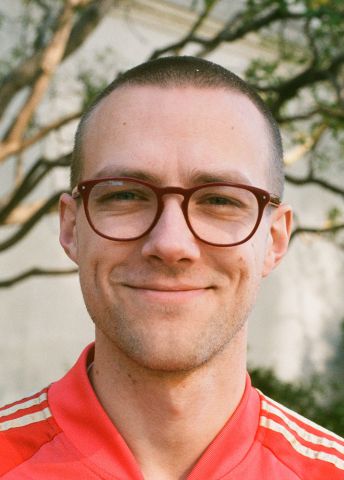
Program for mathematics 2022
Grant to a post-doctoral position abroad
Eric Ahlqvist
KTH Royal Institute of Technology
Postdoc at the University of Edinburgh, Scotland, Great Britain
Grant to a post-doctoral position abroad
Eric Ahlqvist
KTH Royal Institute of Technology
Postdoc at the University of Edinburgh, Scotland, Great Britain
New calculations will solve old problems
Eric Ahlqvist will receive his doctoral degree in mathematics from KTH Royal Institute of Technology in 2022. Thanks to a grant from the Knut and Alice Wallenberg Foundation he will hold a postdoctoral position with Professor Clark Barwick at the University of Edinburgh, Scotland, Great Britain.
The project relates to two very closely interrelated areas of mathematics – number theory and algebraic geometry. Modern algebraic geometry was developed in the 1960s, so that methods from geometry and topology could be applied to solving arithmetic problems. Arithmetic objects are then transformed into geometric ones. For example, the integers, which is an arithmetic object, is regarded by algebraic geometry as a curve – a geometric object. Geometric tools can then be used to obtain information about integers.
One example of such a tool is étale cohomology, which is in itself an algebraic object with operations such as addition and multiplication. However, performing calculations in étale cohomology is very complicated and, ever since the first attempts in the 1970s, there has been no knowledge of how to multiply elements in étale cohomology. This problem was recently solved by Eric Ahlqvist and his co-author Magnus Carlson.
There are also other operations in étale cohomology, such as Massey products. The aim of the first part of this project is to find formulas for the calculation of Massey products and to use them to solve an old problem in number theory. This problem originated with the German mathematician David Hilbert who, in 1900, published a list of 23 problems for the coming century, of which several have not yet been solved.
The second part of the project studies another powerful tool from algebraic geometry, compactification. The plan is to prove that it is possible to compactify a specific class of geometric objects.